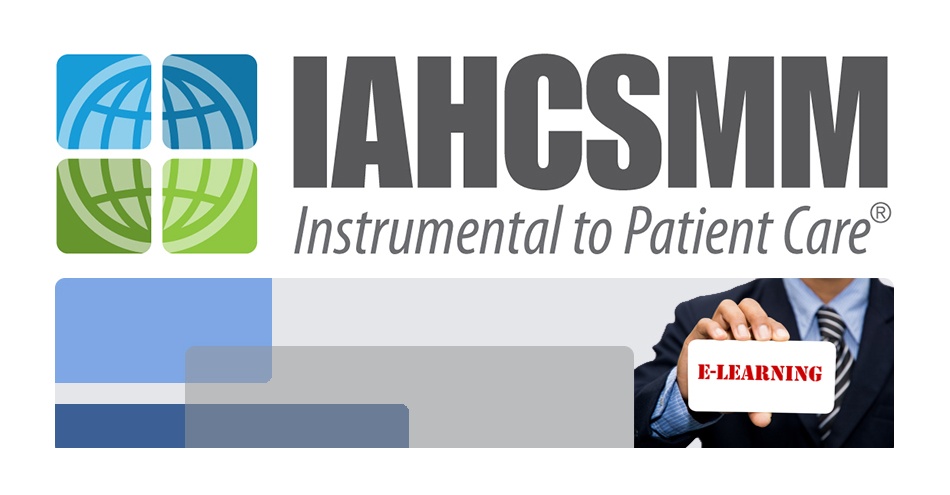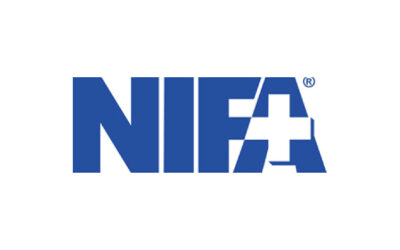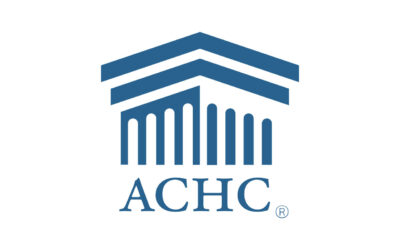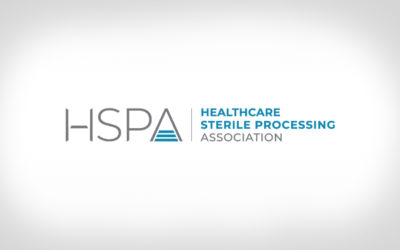
By Julie E. Williamson
The 2019 IAHCSMM Annual Conference & Expo, which took place April 27-May 1 in Anaheim, California, drew record-breaking attendance and delivered a wide range of valuable and unique knowledge building and networking opportunities. A total of 1,505 attendees from across the globe descended upon the Anaheim Convention Center to glean valuable information and insights from some of the industry’s leading experts. Hundreds of attendees kickstarted their learning by participating in pre-conference hands-on labs and workshops, as well as the Educators Forum, A Fresh Look at CS Management, and the StrengthFinder™ Workshop.
The Conference & Expo lived up to its “A Fresh Perspective” theme. More than 30 educational sessions were presented, delivering 23 continuing education (CE) credits that attendees could apply to their recertification. Additional CEs were available to attendees who participated in vendor-provided education during the expo, and more than 80 educational poster presentations were also displayed in the expo hall for attendees to examine, study and review. Of course, knowledge-building opportunities didn’t end there. The sprawling expo was filled with leading vendors (150 in all) aligned specifically to the CS/SP profession and allowed attendees to discover industry trends, see some of the latest product and service offerings in action and meet with vendor experts to ask questions and discuss their purchasing needs. Beyond that, attendees had many opportunities to network with peers and experts, allowing them to discuss challenges and success stories and share best practices to improve customer service and patient safety.
Tools of the trade
Although the educational sessions delivered at the 2019 IAHCSMM Annual Conference covered a wide range of technical and management topics, many addressed the critical need to diligently follow the latest regulations, standards, evidence-based guidelines and manufacturers’ instructions for use (IFU).
In her Joint Commission Update session, Sylvia Garcia-Houchins, MBA, RN, CIC, Director of Infection Prevention and Control in The Joint Commission’s Division of Healthcare Improvement, reminded attendees that while TJC doesn’t tell people how to do their job, surveyors will be ensuring they are following the latest regulations and standards. “Ignorance of law isn’t an excuse,” she said. Following IFU is equally critical, she noted, as is ensuring the facility has the proper equipment in place to process an item in accordance with the manufacturer’s written instructions. Facilities that are unable to follow the IFU should “take it to the highest chain of command in the organization and tell them that you are not equipped to process that device.”
Surveyors will also ensure the facility’s own policies are being consistently followed, Garcia-Houchins stressed. For example, while TJC does not require instruments to be sprayed with an enzymatic, if the facility’s own policy states that all instruments need to be moistened with an enzymatic spray then surveyors will look to ensure that’s being done.
Not surprisingly, endoscope reprocessing issues also took center stage during numerous educational sessions. Epidemiologist Cori Ofstead, MSPH, President and CEO of Ofstead & Associates, and Ofstead Senior Research Associate John Eiland, RN, MS, presented their eye-opening scientific evidence to help improve the quality of endoscope reprocessing. Among the information presented pertained to their recent bronchoscope studies that revealed 58% of the bronchoscopes they assessed had bacteria and mold present after the devices had been reprocessed and deemed “patient ready.” While many factors can contribute to contaminated devices (e.g., challenging instrument design, confusing or inadequate IFU, insufficient staffing resources and inventory, poor water quality, inadequate point-of-use care), ongoing pressure reprocessing professionals often face to turn around endoscopes more quickly is a particularly pressing issue that can lead to dangerous shortcuts. To help mitigate those risks, Ofstead said she believes guidelines should state that two hours are needed to reprocess an endoscope.
Water quality also plays a vital role in reprocessing outcomes for endoscopes and other instrumentation. John Erickson, BS, CRCST, assistant manager of the CS/SP department at Mercy Health, explained during his session “Reclaiming What’s Lost: Taking Control of Your Endoscope Process” that instruments are sometimes being recontaminated through the water being used. He also reminded that the consequences of inadequate endoscope drying, which can create an environment ripe for bacterial growth and proliferation.
Valuable lessons learned
While every CS/SP professional’s ultimate goal should be to prevent infections and other negative outcomes by providing safe, well-functioning devices that are clean and sterile, equipment and process failures can and do sometimes occur.
General surgeon Lizbeth Thomas, DO, FACS, Chief Medical Officer at Fairview Health Services, shared her unique perspective on the impact of contaminated instruments that make their way into the OR for patient use. She shared with a ballroom of attendees how two cases in the same day were impacted after bioburden was discovered on reprocessed instruments. Those discoveries then derailed the entire surgery schedule, leading to increased costs to the facility, added stress for the OR staff, and, above all, a domino effect of negative outcomes for the patients and their families – not the least of which included procedural delays and the need for extended anesthesia and, in one incident, the need to inform the patient and their loved one that she could now be at risk of a surgical site infection.
When incidents do occur, it’s important to gather the right team – such as infection preventionists, facilities and biomedical professionals, and risk/quality managers – to assist in developing an appropriate action and response strategy, said Damien Berg, BA, BS, CRCST, Sterile Processing Manager at St. Anthony & Ortho Colorado Hospitals. “If you don’t know [these professionals], change that, and get IPs involved early.” Berg also reminded of the need to not only follow standards and policies, but to clearly document them to demonstrate compliance. “If it’s not documented, it didn’t happen.”
Finally, Berg stressed the importance of recognizing the value that can come from a crisis. “Crises create opportunities. We can use what we learned to improve ourselves on the job.”
Over the course of the four-day conference, attendees came away with valuable knowledge and insights to do just that. They also were reminded that their daily roles and responsibilities – often performed without acknowledgment by health care customers and patients – are essential to patient safety and positive outcomes.
As opening keynote speaker Kevin Brown noted, CS/SP professionals’ contributions are extremely important and those individuals leave their proverbial fingerprints on the lives of thousands of people they’ll never have an opportunity to meet. “Heroes are the first people to serve and ask what they can do to get the job done – and make no mistake, heroes pack this room.”









